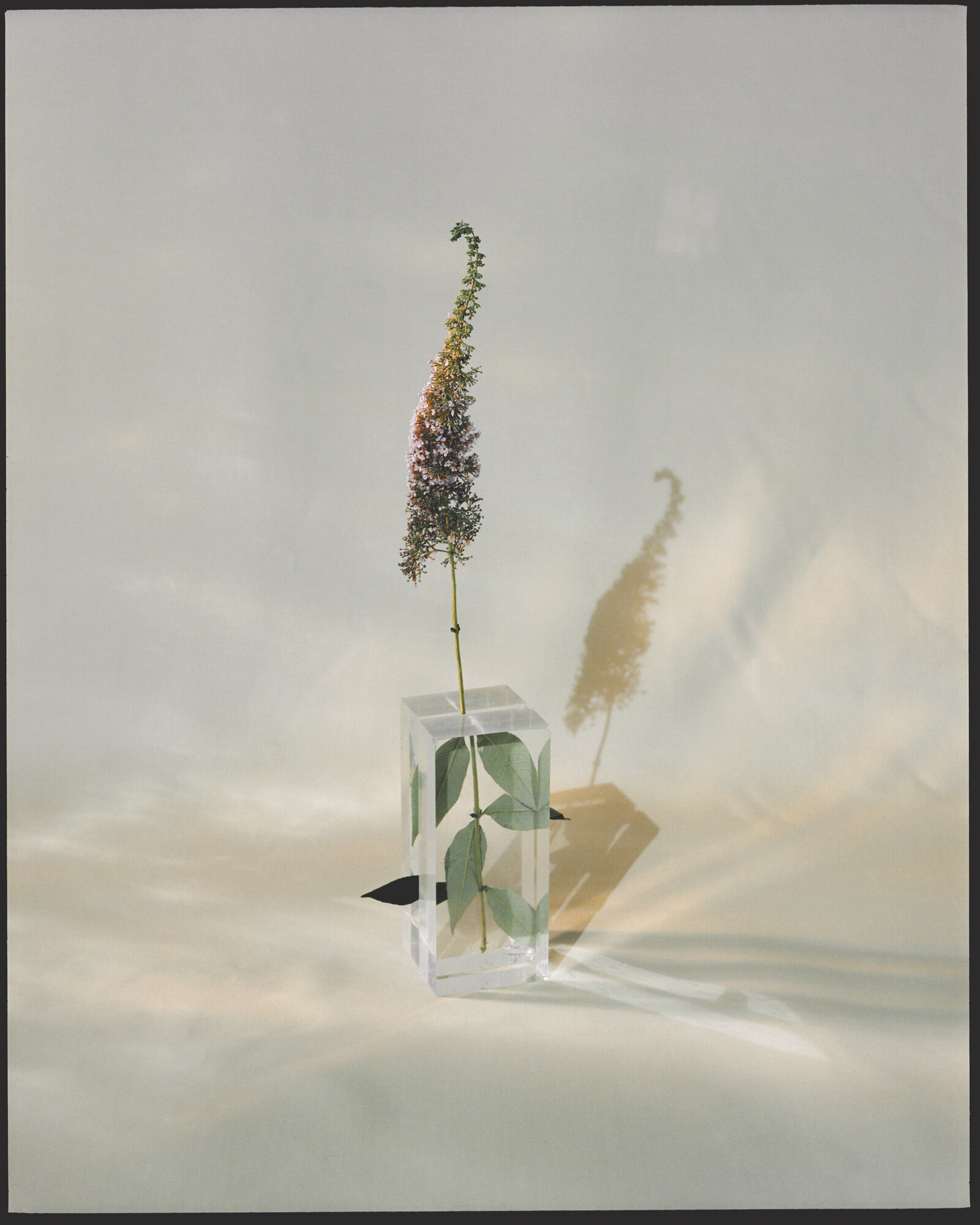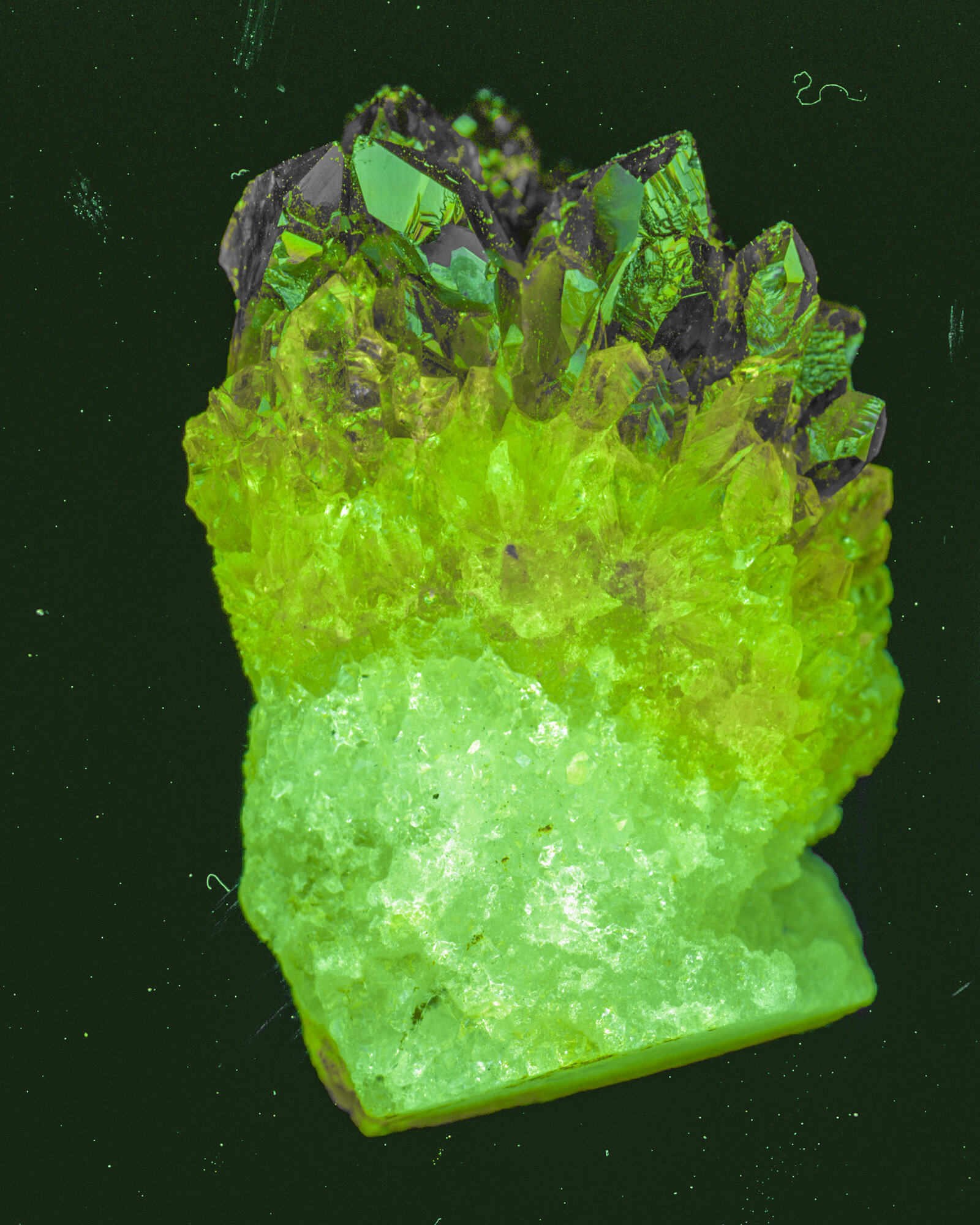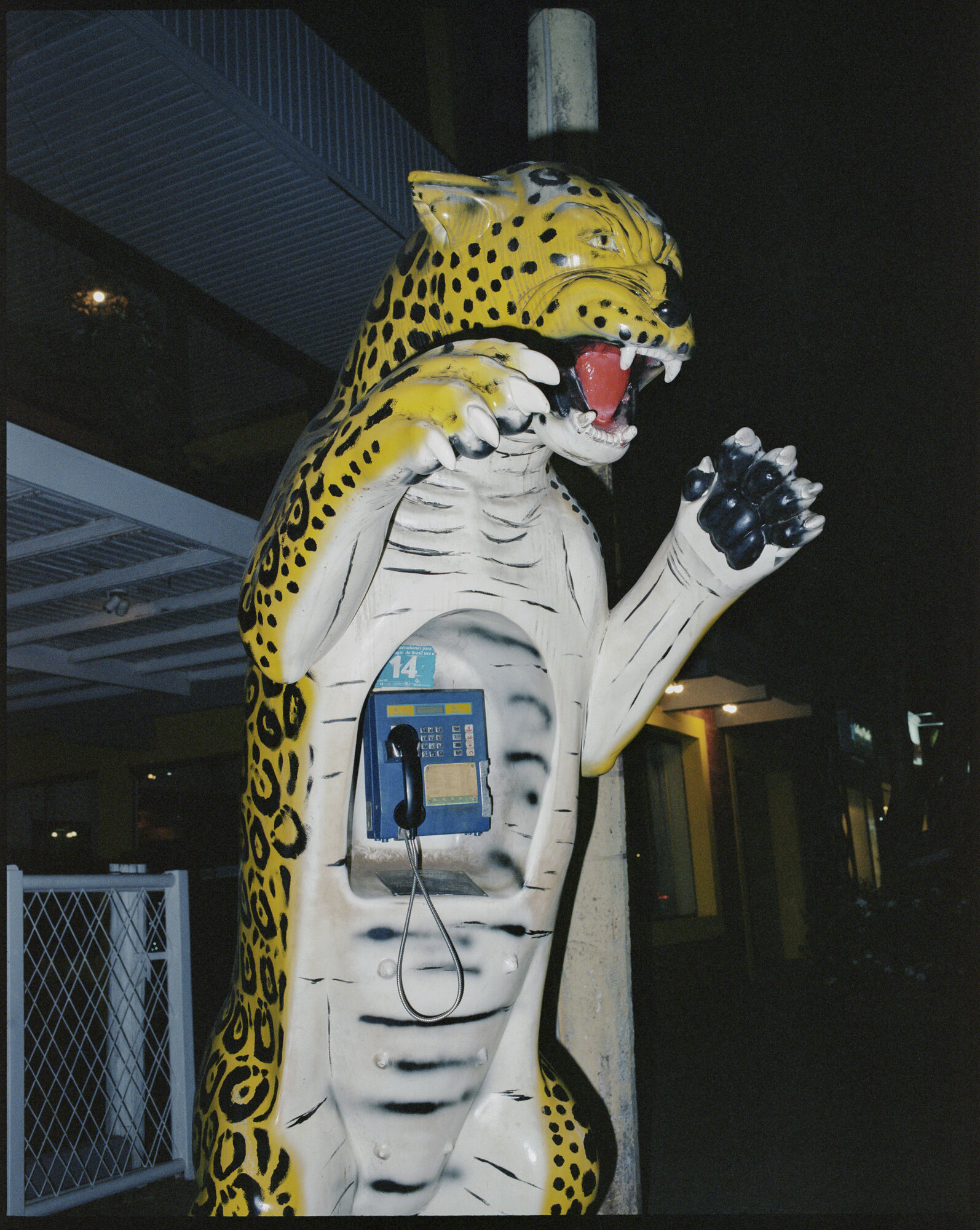Contemplating and redesigning reality with Alecio Ferrari
Alecio Ferrari found stillness, when he was young, by training himself to see. He cultivated awareness by noticing and selecting his own world. “Photography became a way for me to focus because it meant framing daily reality in sections,” he said. His work is a testament to this way of witnessing the world with openness and eagerness, shedding preconceptions and finding new meaning through composition and light.
In his photographs, like the ones on Lonely Toys, Flos stories or Nike React 005, objects appear as talismans or as part of a sci-fi ritual lab altar. He infuses seemingly everyday stuff with life, with an aura that comes from being able to contemplate and redesign reality.
Interview: Adela Cardona
What attracts you to an object?
First, it is the function of the object and how it can be decontextualized. I’m very interested in how not to be didascalic, I like to create an understory, an under narrative, playing with something that is unexpected.
It is about how objects are created for a function, but most people create their own function. You create your own narrative with the objects that surround you: you can use a chair to sit down or you can put flowers or bases on top of it.
With nature, it is a little bit different because I’m interested in analyzing it, instead of decontextualizing it. Nature for me stays where I found it. I like to portray it as it is, the power and aesthetic of it.
One of your pictures from Lonely Boys is The Talisman and the Island. What is your talisman on this pandemic island?
In the ancient world, talismans and amulets were the ultimate power players, summoning protection with their earthly stones and ornaments. Millennia later, we crave these shimmering shields and the mystical beauty they bestow more than ever.
One of the objects that I always used to carry around with me was a little crab claw I found in Greece. I punched a hole in it and used it as a keychain for a couple of years, it was a sort of precious piece of nature always with me until it broke.
When you photograph the objects in isolation –from toys to chairs– it seems to us that they acquire a sort of personality, a spirit, a totemic quality. And when they are shot together they appear to make up a sort of altar-like structure. ¿How do you achieve that?
Inspiration doesn’t come from photography only, sometimes it comes from illustration, other times it can be a movie or an exhibition. How objects, materials, clothes, or surfaces that are not really common in our daily life are brought to the center by drawing them. And also because of the fact that I am not able to draw but I am able to watch or see drawings, I can bring them into practical realization with a mix of composition and lighting. Two elements that can really change the language and the significance of a single image. I’m inspired by this series of illustrations from the 16th century of metaphysical and impossible objects that seemed extremely contemporary, in terms of lighting, shadows, the shapes.
What does the process from conception to completion of one of your projects look like?
Regarding personal projects, I don’t have a structured approach. Whilst if I’m doing a commissioned project, I have a very strict method because I have to stick to a deadline and give explanations to people.
With my own projects, this is very anarchical. On every single project, there might be a process that could look messy, but in the end, it works. The Port Talbot project, for example, was developed in the UK, where I did my BA in graphic design, around 2015.
I wanted to do a reportage of this place that was new for me and what happened was that I was reading newspapers and I stumbled upon a headline that said: Port Talbot, one of the most polluting cities in the UK.
So I started asking my British friends if they knew the place and its issues and I was surprised to see that most of the people I asked, did not know about this place. So there was a chance to tell a story, room to explore. Then to research on all aspects: social, political, economic. The town had a huge history of steelwork and now it is a place where there is not much work because it relied completely on the industry. It was six or seven months of reading stuff and collecting articles and reaching out to professors living in that place or teaching in the University of Wales. Afterward, I went multiple times to Port Talbot to collect images of the places and interact with the people.
¿How do nature and culture intersect? ¿why is that relationship so fascinating?
The contraposition between nature and culture is one of the themes of my latest research.
Kids in large cities are growing up having never seen the stars. As we build bigger cities, we're not aware of how much and how fast we're undermining our connection to nature, and more wild nature - the wellspring of our existence.
The environmental generational amnesia is not only a threat but a reality. I’ve always been intrigued by the natural forms, intricate lines of tree branches, colorful flower petals, and geometrical leaf structures. The more I look around my surroundings the more I find inspiration and excitement in photographing nature.
I believe that this curiosity is given primarily by the desire to explore natural places, since I was a child I used to practice outdoor sports, spending a fair amount of time exploring and playing in woods as well as beaches. On the other hand, I started to reflect on the relation between our metropolitan lives and the natural landscapes.
This is the case of Visible Forces: a series of photographs, scans, digital manipulated files that are related to the topic of nature versus culture; and with culture I don’t mean books, I mean signs of civilization like the invention of a language, of fire, or the invention of drawing and how is this connected to nature. The original idea was to trace a chronological line of the transition from nature to culture in our civilized world.
I decided to develop the imagery of the project in Brazil. The idea came from the fact that I was studying these Levi Strauss anthropological writings and related them to other professors. I did research on this topic in a less condensed way for around two or three years.
What has it been like to create in isolation?
It has been framing and taking advantage of your sources, which sometimes can be very hard, but other times can be useful to be able to work with what you have here, to work within a frame, to have some sort of boundaries in creative work. I’ve had more productive moment’s in my life, of course, but I like to stay positive in my workflow and my daily life.
One difference is, of course, that you don’t have the world outside, you don’t have people to collaborate within the usual sense. So you have to find different ways to do so.
This is related to an unpublished project I started a year ago. It is a still-life series that I did with other art directors, shooting from my apartment in Milan through zoom. The compositions are related to objects that are part of my collection of stuff that I gather on the journey of my life: rocks, bowls, branches. I just take them, put them in my pocket, and take them home.
Does perception change inside the home in our current situation?
Personally speaking, my life hasn’t suffered many changes because of the advent of the pandemic. Luckily, I continued to receive photography assignments as well as carrying on my personal visual research.
Perhaps, the biggest shift in my daily life has been for personal reasons, in September I moved from Milan, Italy to Rotterdam in The Netherlands, where I am based at the moment.
I believe that during this period we gained the gift of time: Fewer distractions around us and less time spent outside means having more time for ourselves to focus on personal research, reading, reviewing old projects, and preparing new ones.
Are there any materials that you find satisfying or inspiring right now?
For a long time, it has been leaves from the trees. They have the thickness of a sheet of paper, but then in a single leaf, there is life. The texture is unique, geometric and so full of detail. It is almost like our skin. The closer you are to your skin, the more details you are able to check. Like a video with a macro shot of how our fingers are sweating.
Could you tell us about three objects in your collection? Where did you find or get them? Is there a story or a life moment behind them?
Dried peel pomelo fruit. Homemade during quarantine. Still great relevance on my shelf.
Pyrite mineral. Got it during my last trip to Brazil.
10kg of orange clay. Still needs to be shaped.











